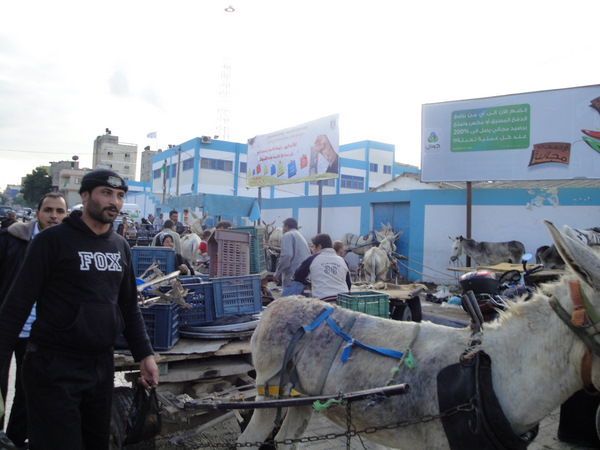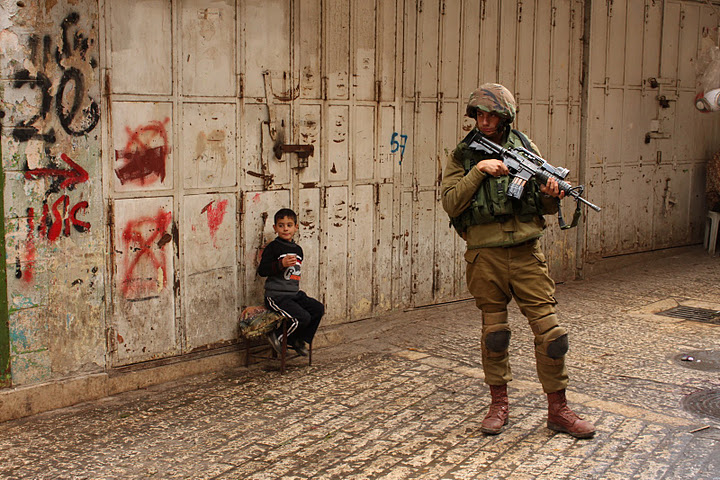-
An interview with Khaled Jarrar: Stamping Palestine into passports
by Alistair George 21 November 2011 | International Solidarity Movement, West Bank Khaled Jarrar is a Palestinian artist and photographer from Jenin, currently based in Ramallah. In addition to photographing and documenting the Israeli occupation, he has designed a ‘State of Palestine’ postage and passport stamp. This week in an interview with Alistair George of […]
-
Bittersweet Eid
by Lydia de Leeuw 19 November 2011 | A Second Glance Last week Eid al Adha was celebrated in Gaza and other Muslim communities worldwide. Eid al Adha is one of the most important holidays in Islam, marking the end of the Haj (annual pilgrimage to Mecca) season and symbolizing sacrifices for Allah as well […]
-
Hebron: Zionist paraders harass Palestinians, 7 internationals detained
by Alistair George and Ben Lorber 20 November 2011 | International Solidarity Movement, West Bank Over 1000 American and International Zionists joined 700 extremist settlers in Hebron this weekend to celebrate the reading of the Torah portion detailing Abraham’s biblical purchase of Hebron land, and to assert sovereignty over the Palestinian residents of Hebron. On […]
Action Alert An Nabi Saleh Apartheid Wall Arrests BDS Bethlehem Bil'in Cast Lead Demonstration Denial of Entry Ethnic Cleansing Farmers Gaza Global Actions Hebron House Demolition International law Israeli Army Jerusalem Live Ammunition Nablus Ni'lin Prisoner Ramallah Rubber-coated steel bullets Settlement Settlers Settler violence Tear-Gas Canister Video



